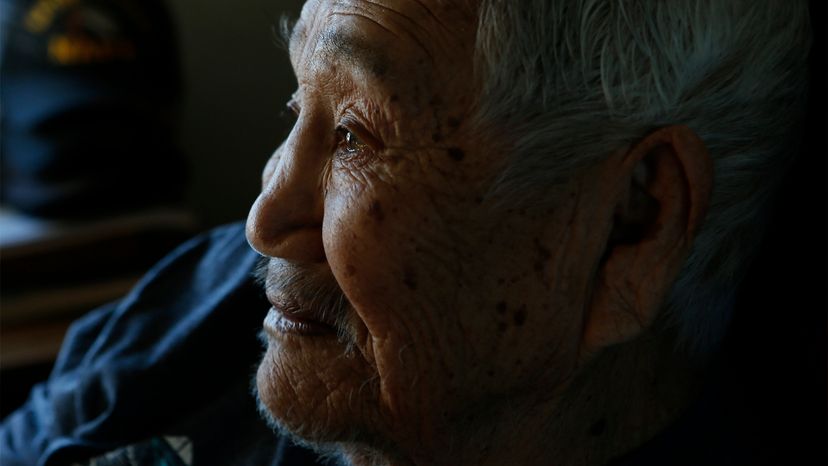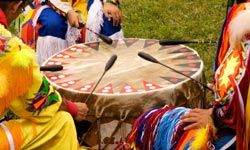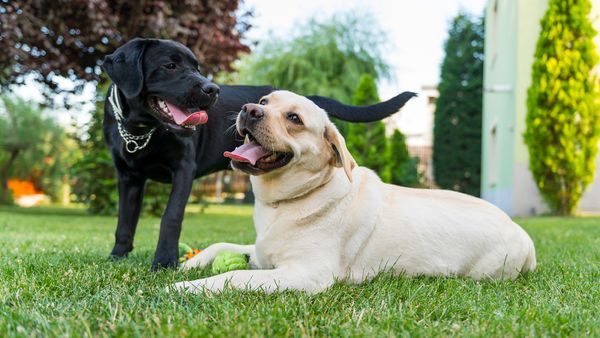According to the census, there are 13,063 native speakers of "Apache," but that category is much broader than the poll indicates. "Apache is also a wide umbrella — there are many 'Apachean' languages, which include Diné bizaad, but no single language called Apache," Cornelius says.
"Apache actually covers a number of different languages," Webster says. "The largest — that is the one with the most speakers — is Western Apache and that's spoken in San Carlos and White Mountain (in Arizona), for example. My understanding is that there are over 10,000 speakers."
But those aren't the only two categories of Apache, according to Webster. "There are other Apache languages — Jicarilla Apache, spoken in northern New Mexico, on the reservation there; Mescalero Apache, Chiricahua Apache and Lipan Apache — spoken to varying degrees on the Mescalero Apache Reservation in south central New Mexico; and Plains Apache — spoken, again to varying degrees, in Oklahoma," he says. "All these languages are related historically (and related as well to Navajo) — think, for example, of English and German or Spanish and French. All of the Apache Tribes have language revitalization programs — that is, they are working to teach future generations of Apaches the language."
And while the census cited nearly 19,000 Yupik speakers, experts say that's an umbrella term as well that deserves a bit more clarification. "Yupik is the name of a language family, not a single language," Cornelius says. "Yupik refers to central Alaskan Yup'ik, which is the Yupik language (and indigenous language of Alaska) with the largest number of speakers. They are also the most populous Alaska native group."
Finally, while the term "Sioux" is the name for a confederacy of several native tribes, there are linguistic differences between these tribes. "Sioux, as far as I know, is a historic term that covers several languages/dialects that may or may not be mutually intelligible, including Lakota and Dakota," Cornelius says. "Lakota has several robust language revitalization efforts (Lakota Language Project, Lakota Language Consortium), which are separate from Dakota revitalization (Dakota Language Project) in coordination with Carleton College [in Minnesota]."



